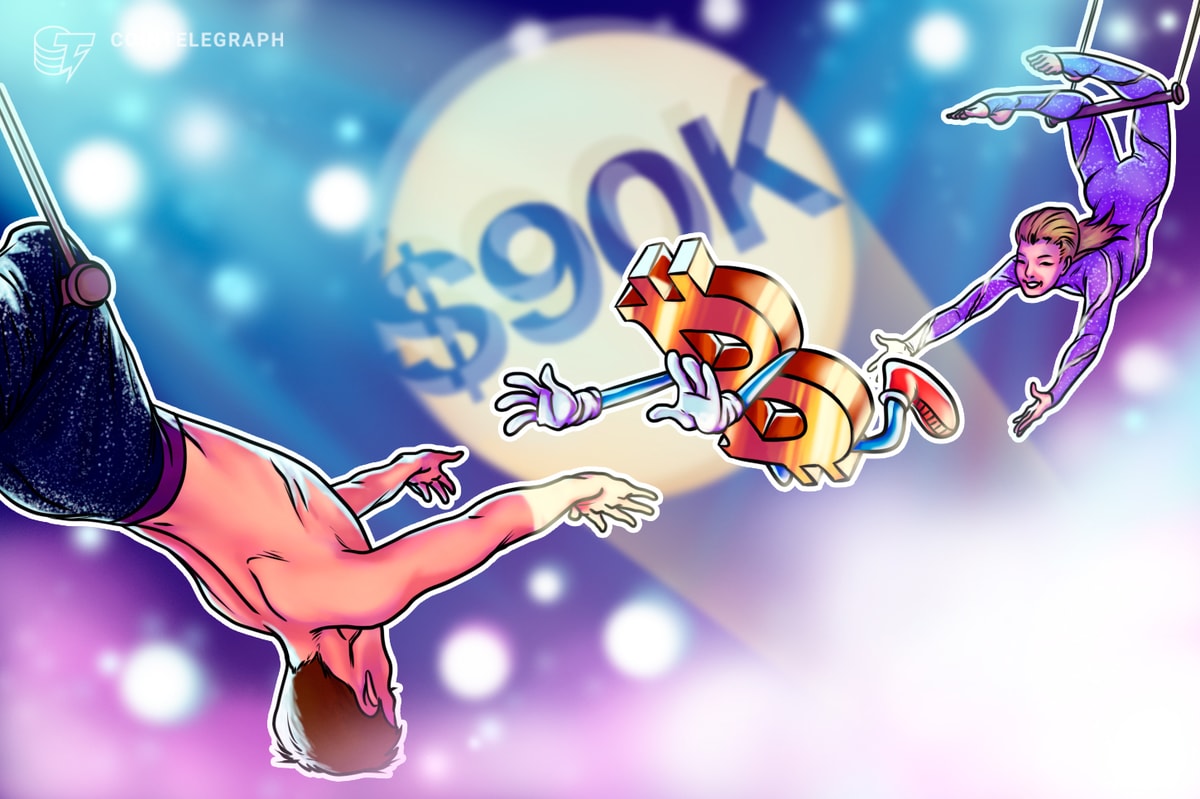Bitcoin is evolving into a multi-asset network
4 min read

For more than a decade, the primary narratives surrounding Bitcoin (
This assembly allowed for the complete article to be eternally inscribed on the Bitcoin blockchain, a feat that couldn’t have been achieved in a single step while maintaining quality.
Leonidas, a developer within the Ordinals community, offered an even more profound perspective on the matter on Twitter, writing:
What if lots of people upload lots of packages of code into the Bitcoin Blockchain? So now there is a huge repository of packages for developers to build on top of. This would unlock powerful use cases that could never be accommodated in under 4 MB. The most complex pieces of software are just a bunch of code compiled together after all. Now it becomes possible to put a complex 3D video game fully on-chain on Bitcoin.
WTF are recursive inscriptions?
Here is everything you need to know:
Earlier this year the Ordinals Protocol introduced the ability for anyone to inscribe files fully on-chain onto Bitcoin. These inscriptions are self-contained and unaware of the other files that had been… pic.twitter.com/O3jt6lhaxT
— Leonidas (@LeonidasNFT) June 12, 2023
With just this, a world of possibilities can be contemplated and reimagined. After all, the ability to use the world’s leading blockchain as an immutable, shared, and uncensored data storage is huge.
But the innovations don’t stop there!
In October, Lightning Labs announced the first mainnet release of Taproot Assets (TARO), further enhancing the Bitcoin blockchain as a multi-asset network.
Announcing the first mainnet release of Taproot Assets , a protocol for assets on #bitcoin and Lightning.
With this release, developers can issue financial assets on-chain in a scalable manner.
Today marks a new era of multi-asset bitcoin. https://t.co/2cNvZSvv8v
— Lightning Labs⚡️ (@lightning) October 18, 2023
This could not have occurred at a more opportune time, given the enthusiasm ignited by the Ordinals protocol and the way it paved the path for TARO to shine alongside it.
The Ordinals Protocol has broadened the perspective of users and builders, allowing them to construct and view Bitcoin as a network of multiple assets.
Ordinals assets — via flooding the network with transactions — compelled Binance to implement an integration with Lightning. This key factor, combined with low costs, decentralization, and high network settlement speed, makes trading other coins and assets very attractive through Taproot Assets.
And among the various applications of the TARO protocol, one of the most mentioned is the ability to issue stablecoins on the Bitcoin blockchain.
The shift in paradigm is monumental as it paves the way for Bitcoin to transform from being primarily an exchangeable asset to becoming the medium through which exchanges occur.
This innovation is going to empower builders to import successful use cases from other chains and bring them back to the mothership.
Some even joke that all other chains are just Bitcoin’s test nets. Does it all lead back to Bitcoin?
THE BITCOIN RENAISSANCE CAN’T BE STOPPED
the magicians at @lightning labs are back with an efficient protocol for tokens on top of bitcoin
ethereum was a testnet. get in anon we’re going to the moon pic.twitter.com/2g6vPFBAbV
— Udi Wertheimer (@udiWertheimer) May 16, 2023
Overall, we could say that we are on the edge of a new Bitcoin era — the era of the multi-asset orange network.
In addition to attracting and retaining more developers who may be interested in these new protocols, these new applications also have the potential to draw in and retain new users who initially didn’t find interest or value in Bitcoin as a store of value.
For some, transforming the world can sometimes occur through the simple enjoyment of some fun, encrypted sports cards. But with the optimization of Ordinals, the number of possibilities will continue expanding.

Hal Finney, a prominent cypherpunk — and the first person to receive a transaction from Bitcoin creator Satoshi Nakamoto — wrote in a 1993 post on Compuserve: “Giving a little more thought to the idea of buying and selling digital cash, I thought of a way to present it. We’re buying and selling cryptographic trading cards.”
Finney knew, and now you know too.
Lugui Tillier is the chief commercial officer of Lumx Studios, a Web3 studio that counts BTG Pactual Bank, the largest investment bank in Latin America, among its investors. Lumx Studios has previous Web3 cases with Coca-Cola, AB InBev, Nestlé and Meta. The author holds investments related to the Ordinals Protocol, though none named in this article.
This article is for general information purposes and is not intended to be and should not be taken as legal or investment advice. The views, thoughts and opinions expressed here are the author’s alone and do not necessarily reflect or represent the views and opinions of Cointelegraph.




